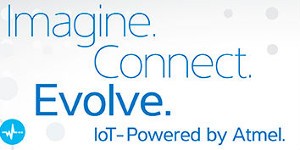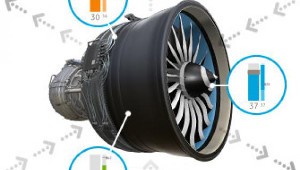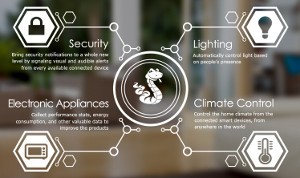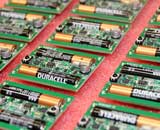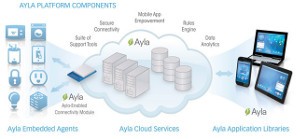The potential for the Internet of Things to improve our daily lives is almost infinite, and the technology can be applied in areas that you may have never even considered.
Let’s consider the role that Internet-of-Things technologies can play in the food industry, increasing the safety of food for consumers as well as improving efficiency and reducing overheads in the industry.
Furthermore, with the potential to address food safety challenges across the whole supply chain – wireless sensor networks, cloud computing and other IoT technologies offer potential benefits in operational efficiency and logistics across the entire food industry.
From the primary producer’s field (where environmental parameters such as soil temperature may be monitored and data interpreted over time at a central server, for example, with this data being used to improve crop yield) to stock location, tracking and monitoring of the temperatures and the age of stock right through the transport and warehousing chain – the Internet of Things can be harnessed all the way from the farm to the dinner plate.
One of the most important factors ensuring food safety is adequate refrigeration and temperature control during the transport and storage of perishable food. If temperatures aren’t controlled at an optimal level, this greatly increases the chances of bacterial growth, which can be dangerous for consumers as well as contributing to spoilage and waste of stock.
Taking advantage of wireless sensors and Internet-of-Things technologies, food and transport companies can now place networks of data logging devices in warehouses and refrigerated trucks across the supply chain, allowing environmental properties such as humidity and temperature to be continuously monitored and logged.
This data logging can provide awareness immediately if there are any abnormalities such as refrigeration failures along the way which may compromise the quality or safety of the stock. If such a fault is detected action can immediately be taken to correct it, identifying the specific location where repair work is needed in the field or identifying the stock that is affected, allowing stock to be moved to an appropriate environment.
The Internet of Things also offers an unprecedented level of collaboration between multiple different companies and business units in the food industry, handling food from the farm, through processing, manufacturing and transport, until it reaches the consumer.
Networks of connected sensors can be deployed in food factories, confirming that the product has been manufactured and stored under safe environmental conditions right up to the point where it is ready to be transported.
Transport contractors can then ensure that the right temperature and environment is maintained for the food during transit, and retailers or restaurants can use sensor network intelligence to identify and track stock that is on its way – accurately predicting when it is going to arrive at its destination.

This ensures more timely deliveries and allows deliveries to be scheduled at the most efficient times when they’re needed. Once the stock has arrived at its destination, supermarkets, warehouses or restaurants can use the data from these sensors to track the stock they have in storage, the age of the food in stock and the stock level, and environmental properties such as storage temperature.
These different data sources working together all the way through the supply chain help to get the food delivered in a way that is fast and efficient whilst also helping to maintain the highest standards of product quality and food safety.
Improving product quality in the food industry with the Internet of Things goes beyond preventing bacterial growth in improperly stored food, since optimising the storage environment can greatly improve the quality and shelf life of food.
For example, blackberries can lose a full day of their shelf life for every hour they are exposed to room temperature conditions without refrigerated storage – and every day of shelf life lost corresponds to a reduction in the amount of that stock that can be sold without wastage. Through the use of Internet-of-Things sensors, food distributors and vendors can not only improve the quality and safety of the product, they can reduce the amount of food wastage and increase profits by making sure that food stays viable on the shelves for as long as possible.
At this point the use of the Internet-of-Things with the food industry is a welcome and useful function and adds efficiency, safety and helps increase sales throughout the supply chain. And if you’re interested in applying this to your own interests – the team at LX is ready when you are.
Our team of solutions architects, engineers and specialists is ready to partner with you for your success in the IoT marketplace. Getting started is easy – click here to contact us, or telephone 1800 810 124.
LX is an award-winning electronics design company based in Sydney, Australia. LX services include full turnkey design, electronics, hardware, software and firmware design. LX specialises in embedded systems and wireless technologies design.
Published by LX Pty Ltd for itself and the LX Group of companies, including LX Design House, LX Solutions and LX Consulting, LX Innovations.




